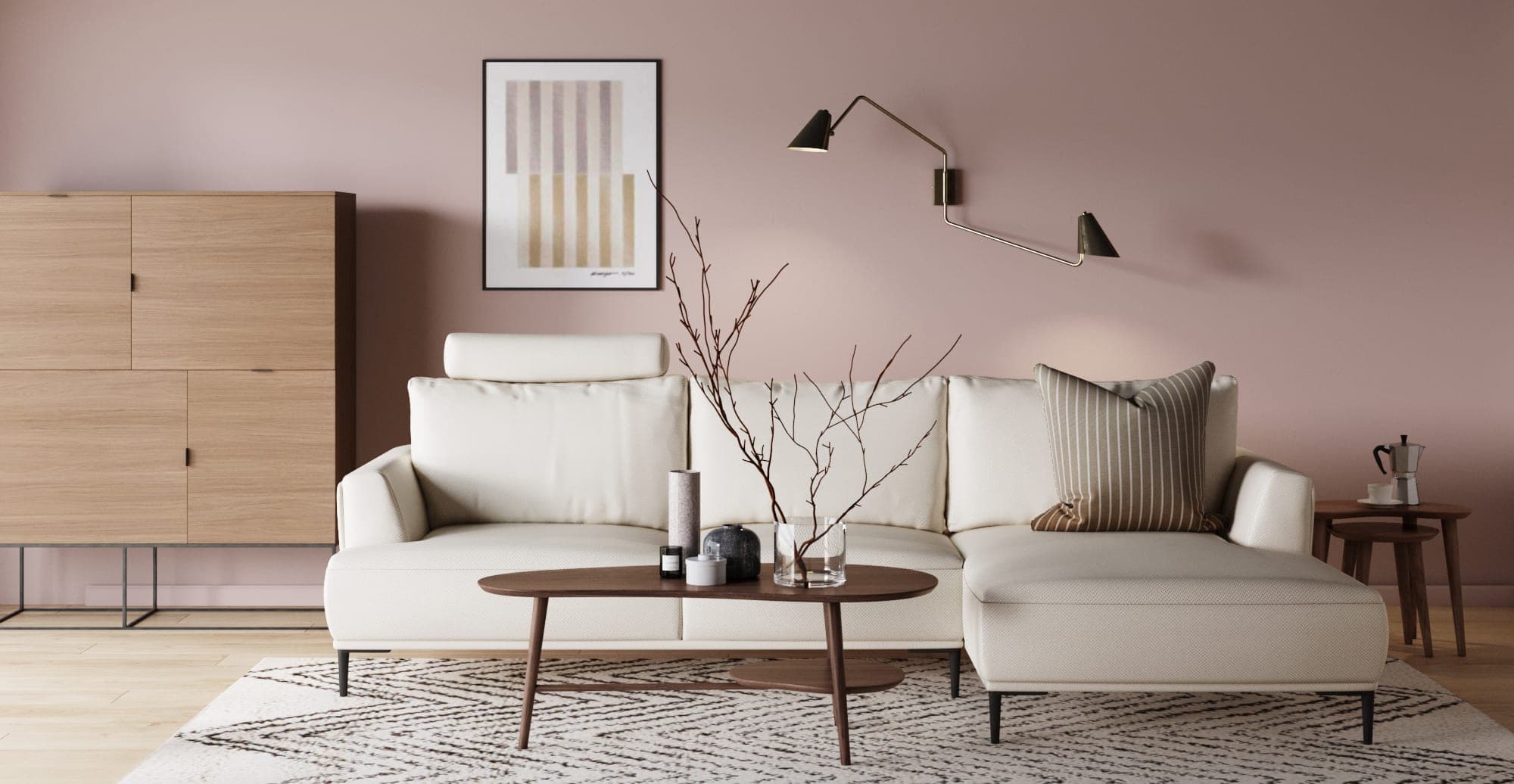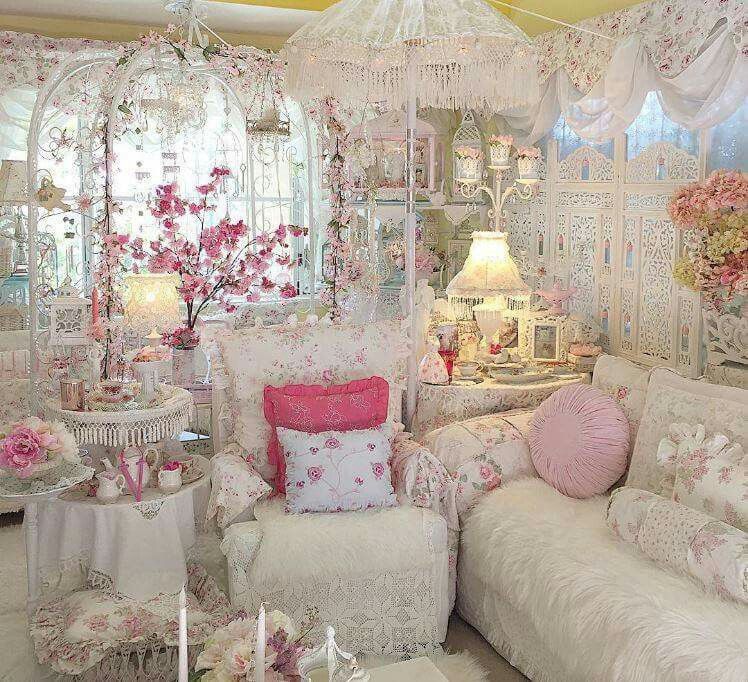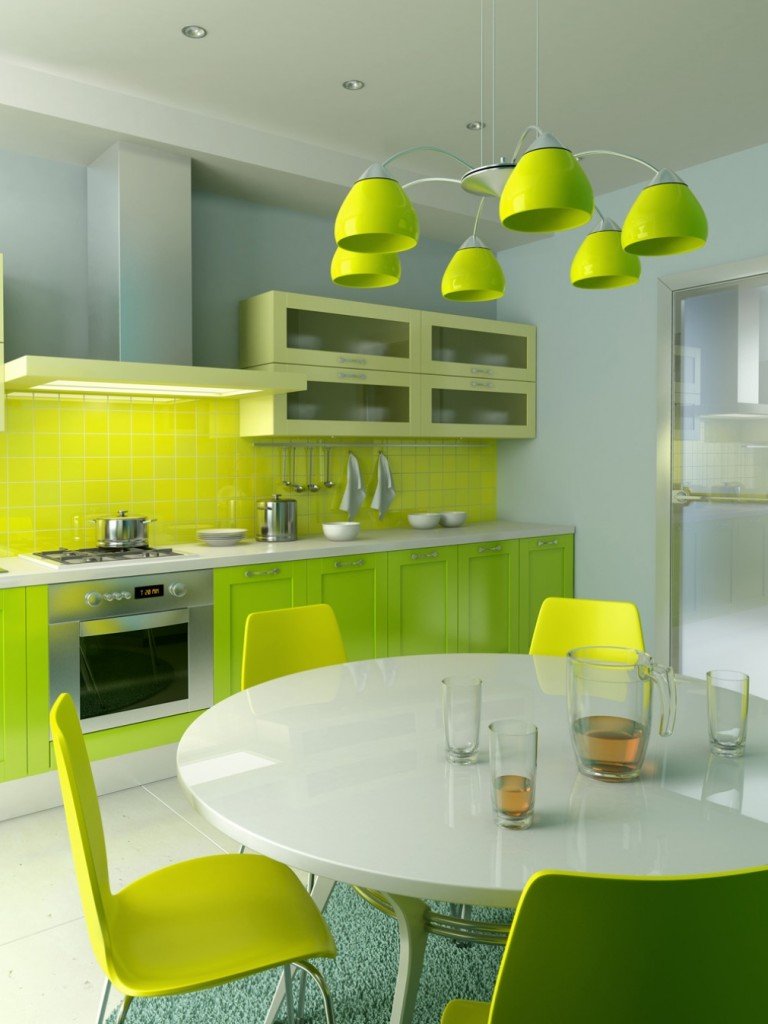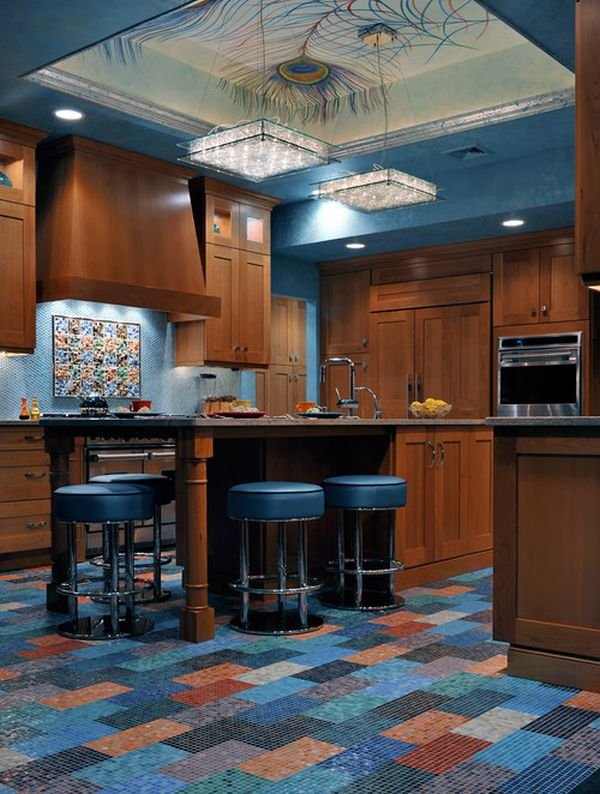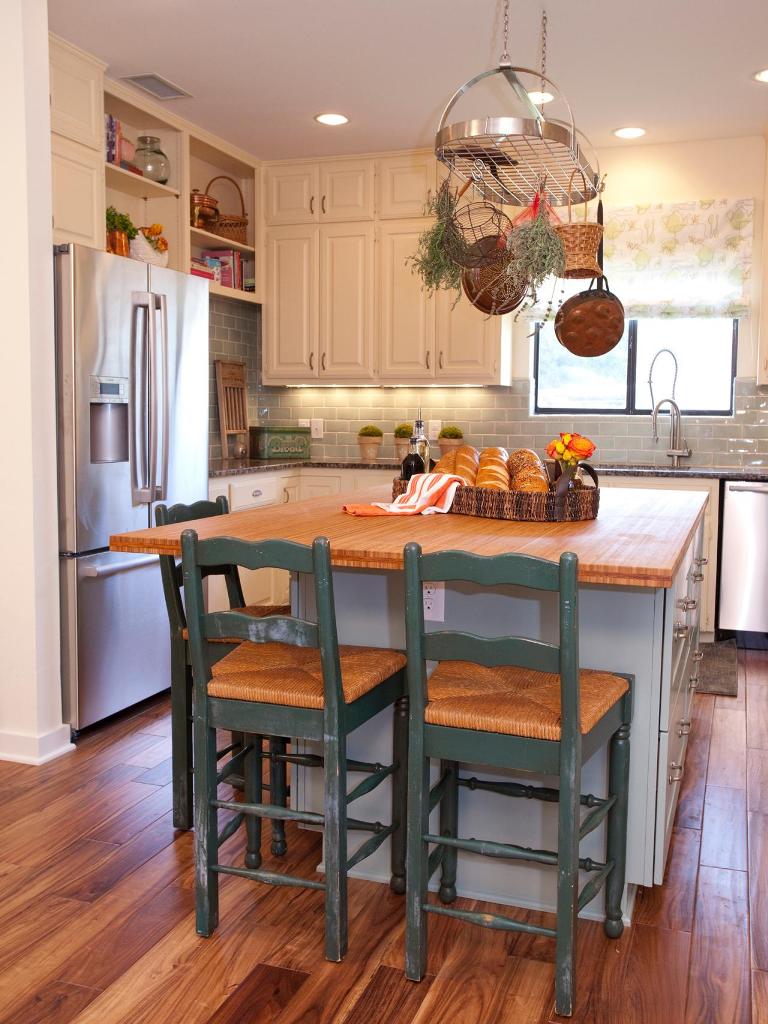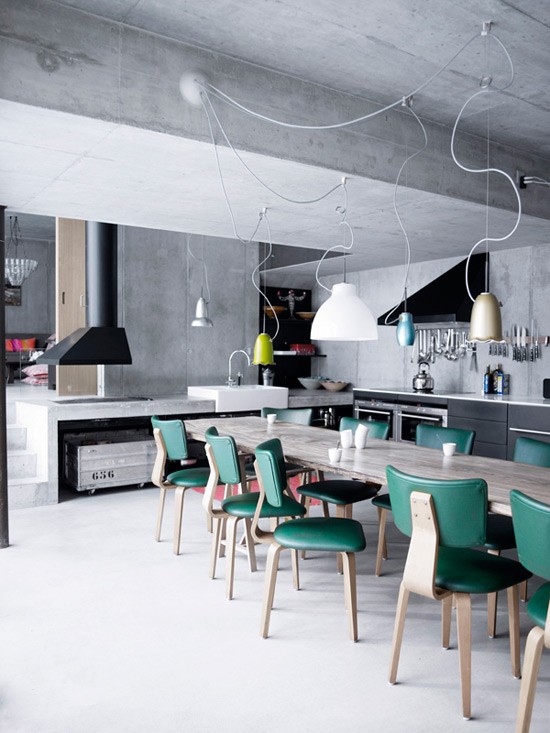The minimalist style is said to have emerged in the difficult post-World War II period, when many people lost everything or almost everything and had to learn to live on less. The minimalist style is just that – environments carefully decorated to contain only the essentials, combining aesthetics with functionality, the second being more important than the first. Some say that minimalism is, above all, a lifestyle and, for that very reason, it can be applied to any style of decoration.
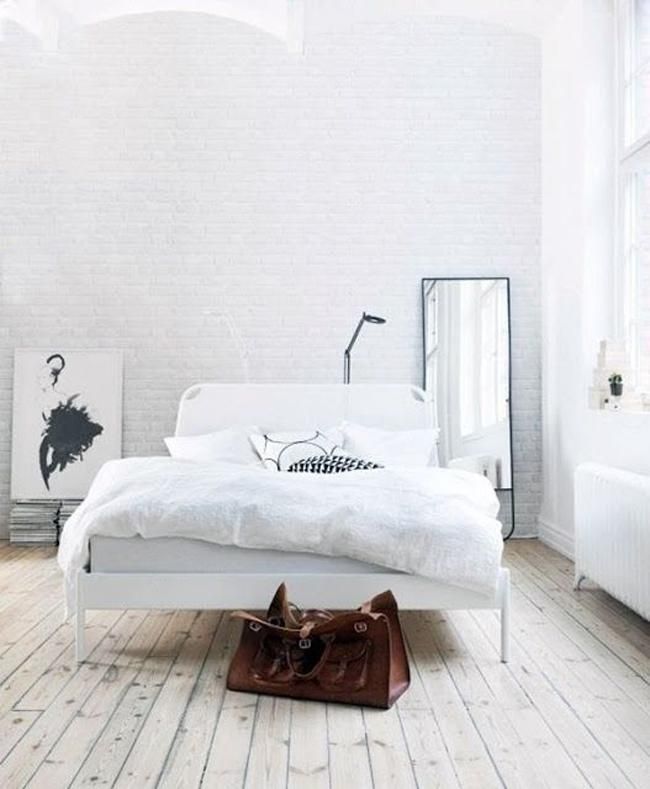
1- Organization
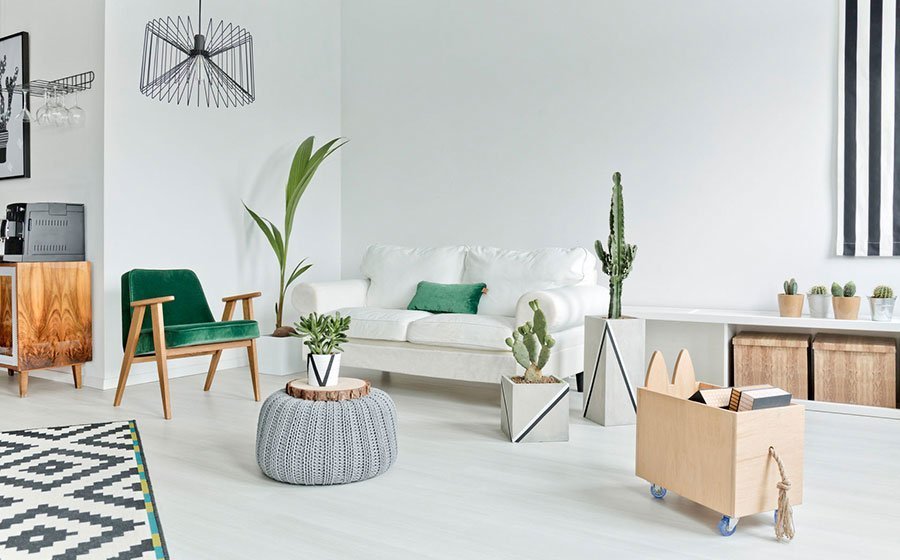
Those who appreciate minimalist decor see in their home an oasis of tranquility, a true refuge from the chaos and confusion that characterize the outside world. The first rule of thumb when it comes to minimalist style is organization: everything has to have its place and when not in use it should be stored away, preferably out of sight.
2- Natural Light
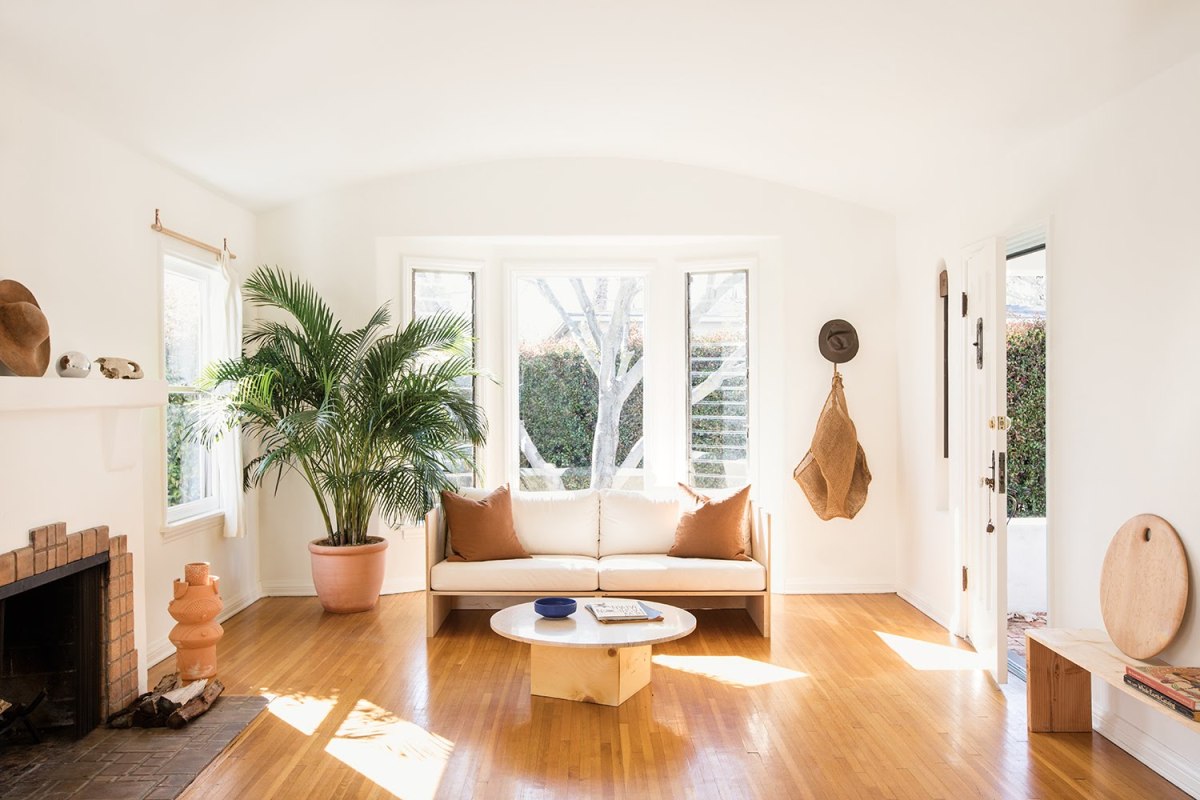
Preserving space and diffusing natural light is the key to a successful minimalist environment – in fact, we can go even further and say that these two elements are the basis of this decorative style.
3- Narrow and Simple
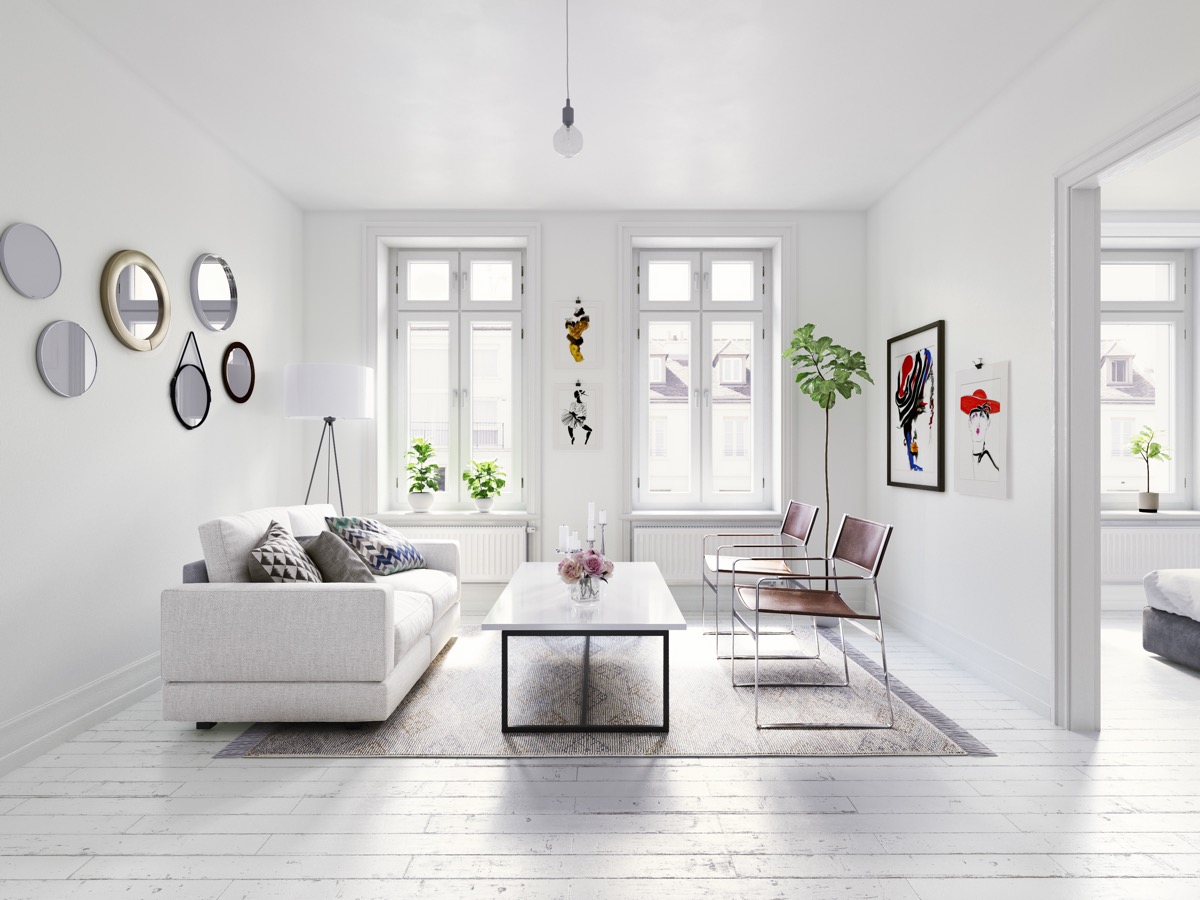
Narrow and simple lines dominate the minimalist environment, both in terms of architectural features and in terms of decoration. The windows are smooth and without window sills, the casings and baseboards are flat, the floor is preferably covered in a material without breaks and completely polished; the same goes for the kitchen cabinets, lacquered and with a glossy effect, and the countertops covered in polished granite.
4- Bright Tones
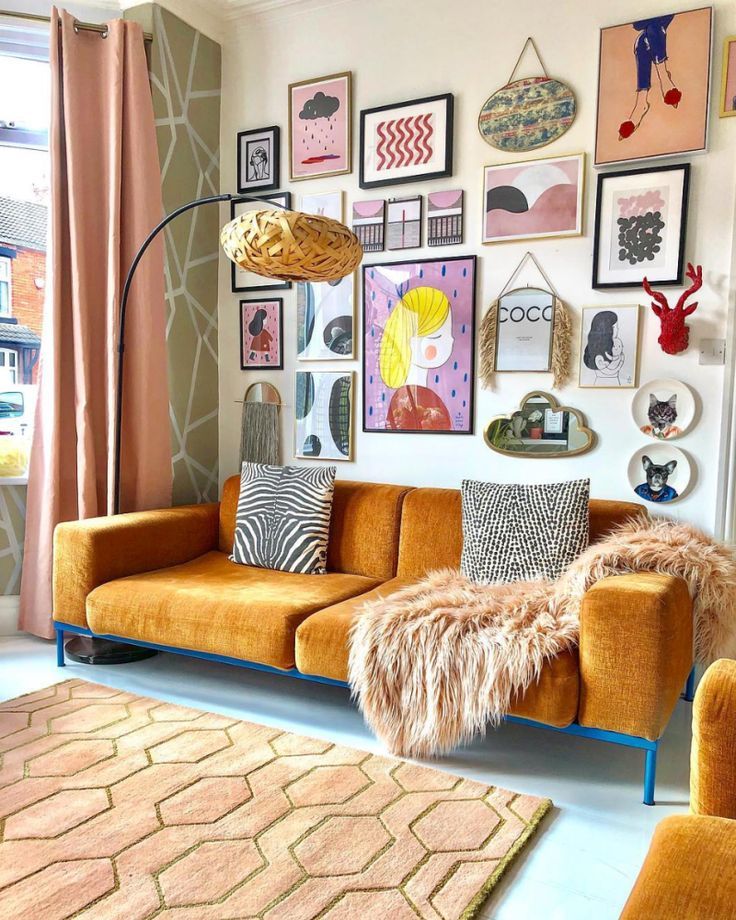
If less is more when it comes to the minimalist style, this maxim also applies to the color palette, which is restricted to white, black, gray and some neutral tones (brown, blue, green…). The brighter the better, because it allows for light play that enhances the space. If minimalism itself is dramatic, it doesn’t need to add very vibrant colors to the decor – these would only contribute to greater “visual noise”.
5- Clean Furniture
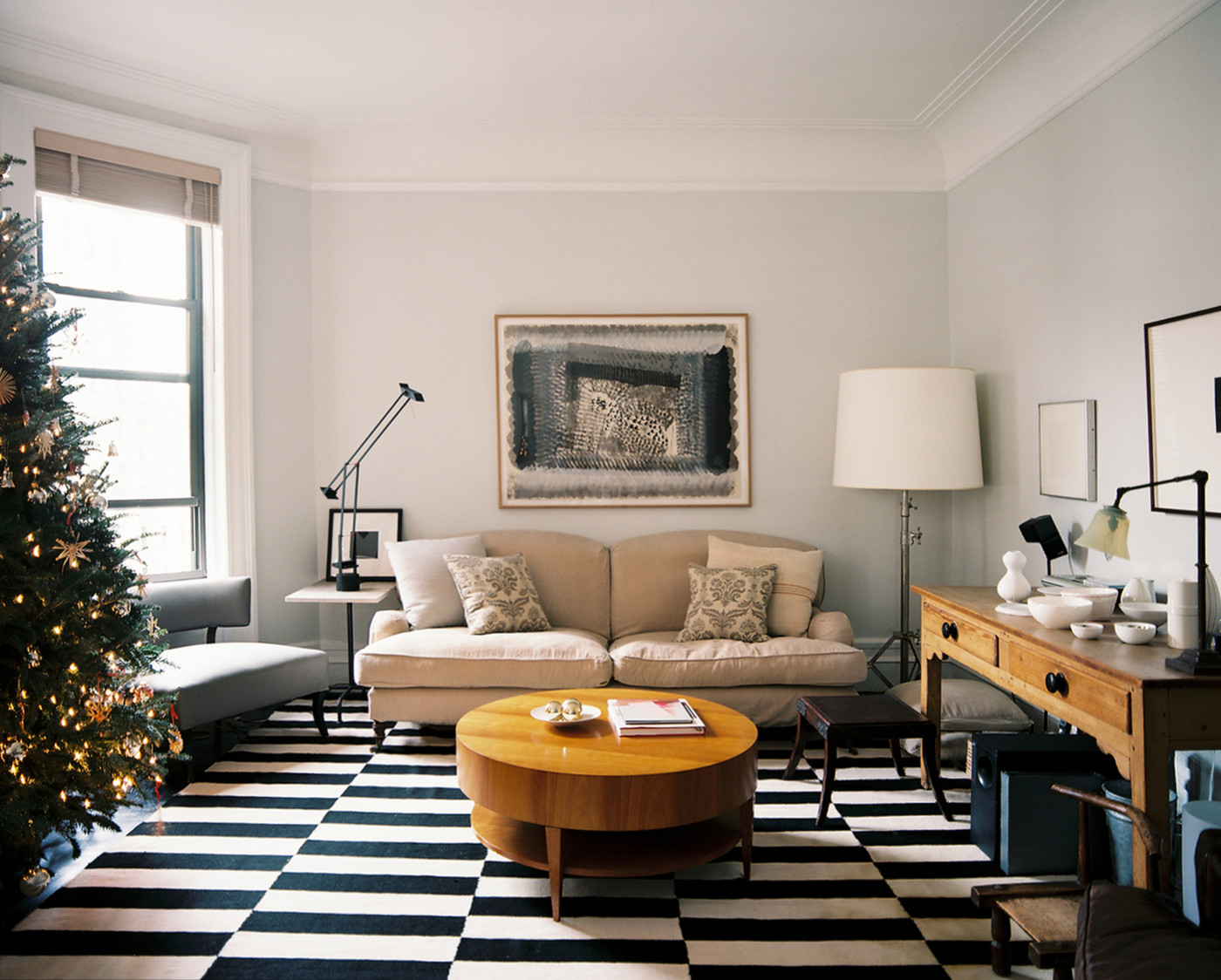
All furniture designed for a minimalist environment must be extremely clean. If you have enough space to be admired, the furniture, in addition to being functional, becomes equally decorative. Some tips to enhance furniture as a minimalist design element is the choice of very imposing geometric shapes and even some asymmetries – the combination with other elements and the correct arrangement produces the impact – although it seems contradictory – that only minimalism can achieve.
6- Click-clack system or Sliding door
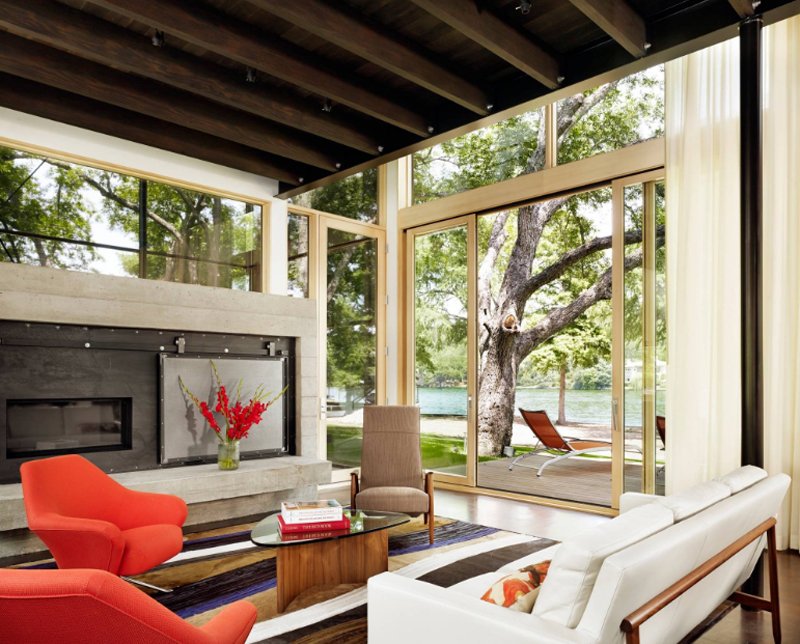
Often, even the doors, cabinets and drawers are “stripped” of handles, opting instead for the click-clack system or sliding doors. Open shelves are avoided, but if they exist, there are few objects that are placed on them.
7- Great Investment
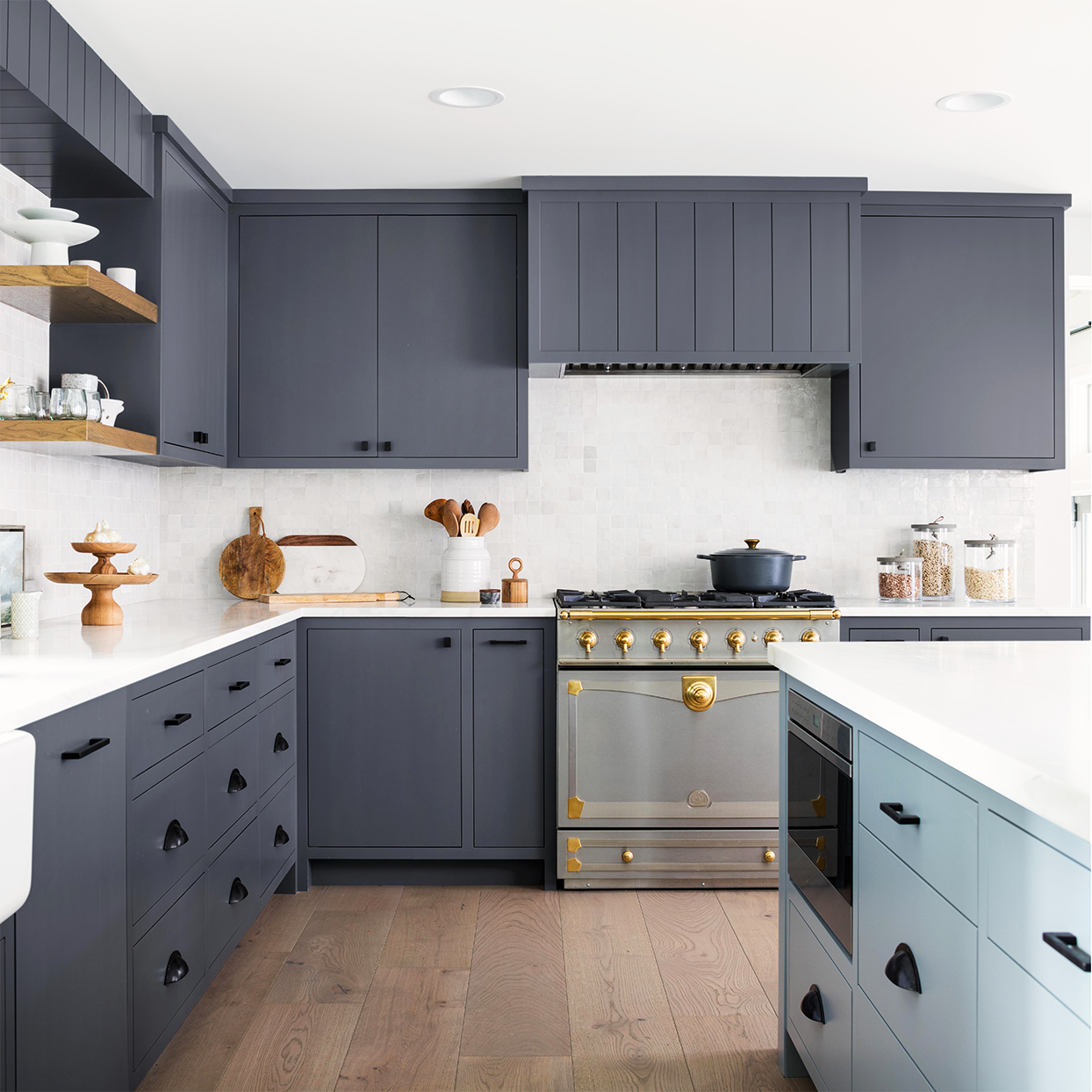
Household appliances and electronic equipment can represent a great investment when it comes to decorating a minimalist style, because since there are not many purely decorative elements in this type of environment, they end up taking on the role of a design object or even a work of art.
8- Built-in Spots
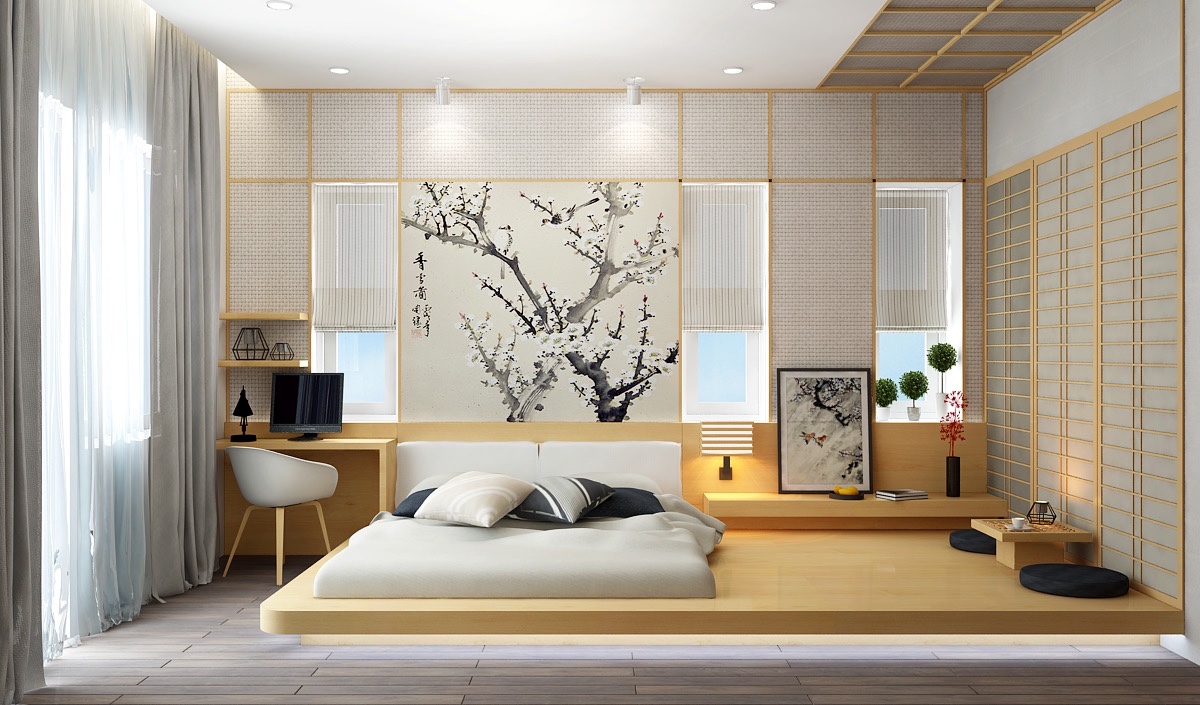
In terms of artificial lighting, the minimalist style dispenses with many lamps, whether table, ceiling or wall, as they all take up space and demand attention. The right choice goes through built-in spots, whose intensity can be easily regulated.
9- Keep Environment Bare
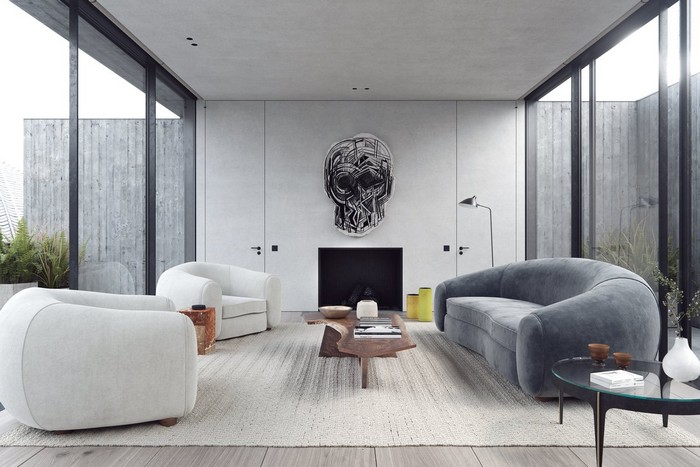
The sophistication of the minimalist style dispenses with unnecessary textures and patterns, preferring to keep the entire environment as “bare” as possible. Apart from sofas, rugs and textiles reserved for the bedroom and bathroom – preferably smooth and soft – this type of decoration does not see the use of many textures and patterns that only serve to “fill” the space. Neither are the windows decorated, keeping them preferably without curtains to let in natural light – at best, simple blinds or blackouts are chosen.
10- Materials
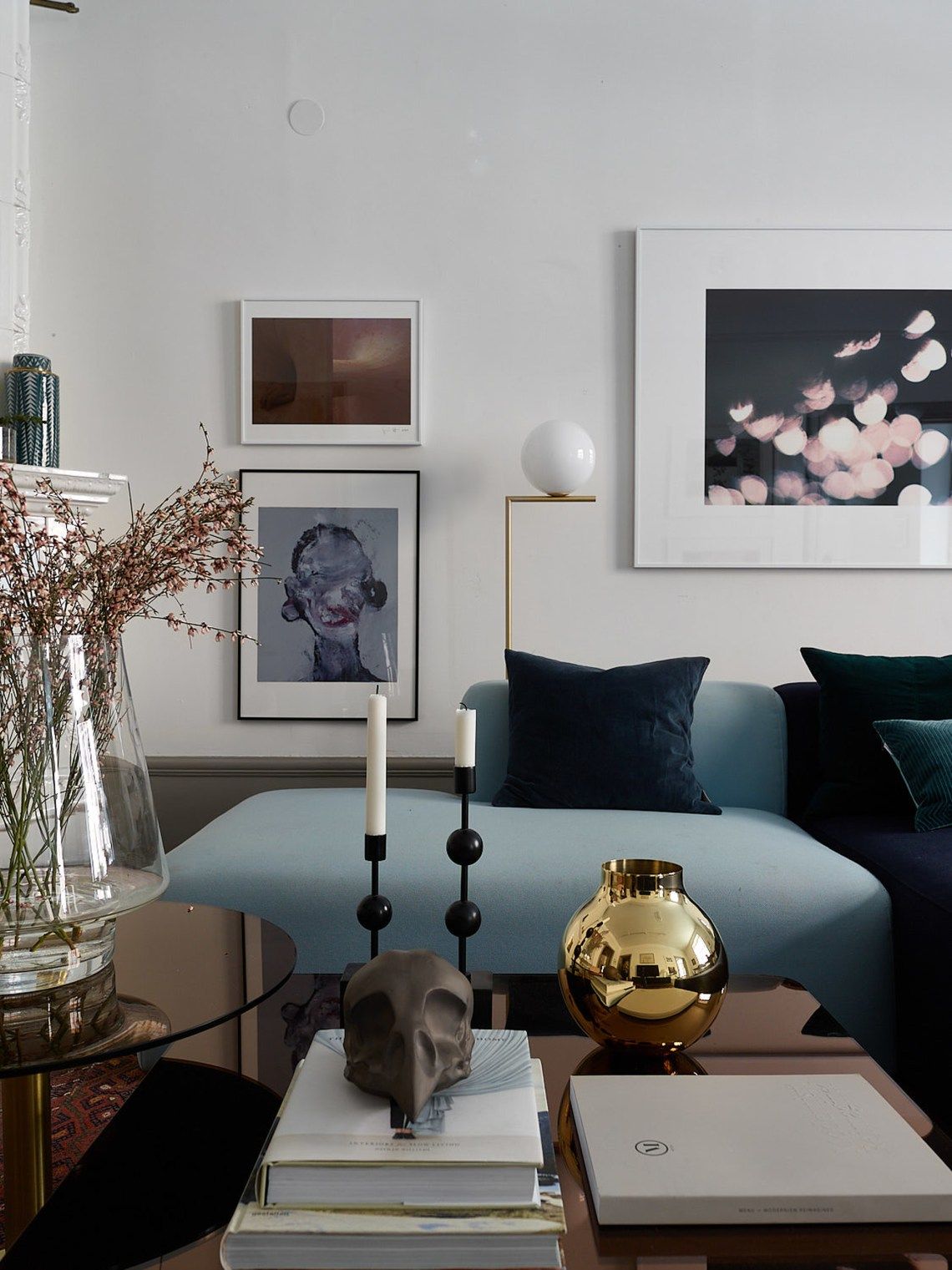
The privileged materials in the minimalist decoration are wood, glass, stainless steel, chrome, mirror, leather, marble and granite. On the floor, the emphasis is on wood, linoleum, concrete, stone or natural tiles.
11- Wall Decor
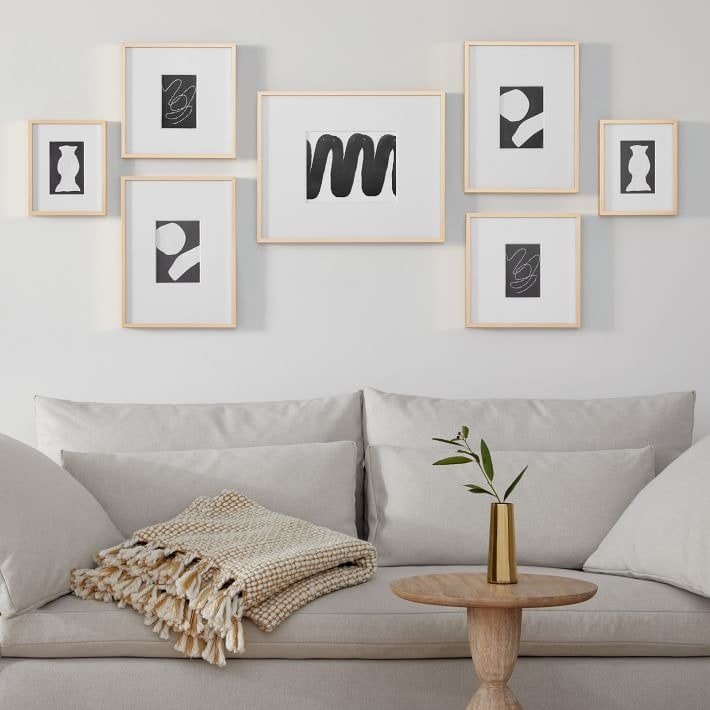
The walls are also appreciated as they are, except for one or two really impressive paintings or frames, but not so much that they overshadow the beauty of the space as a whole.
12- Smooth Surfaces
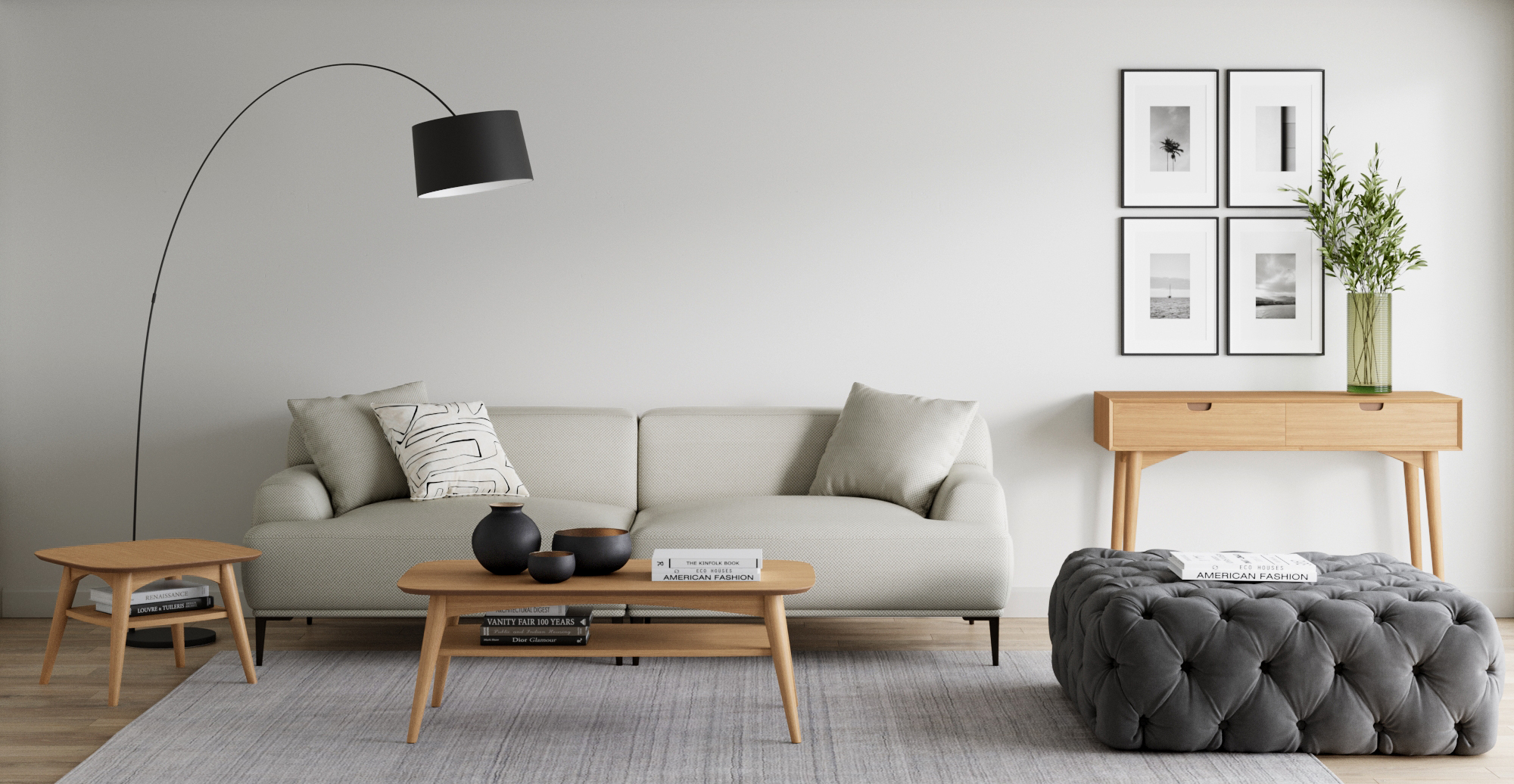
In terms of decorative elements, the minimalist style is a fan of smooth surfaces and “dumped” of unnecessary objects. This is not to say that there cannot be a single vase, mat, book or sculpture on a table or shelf, but rather that these pieces should not be chosen to fill the space, but rather because they are, in themselves, a statement or else because they are absolutely essential for everyday life.
13- Plant in the Corner
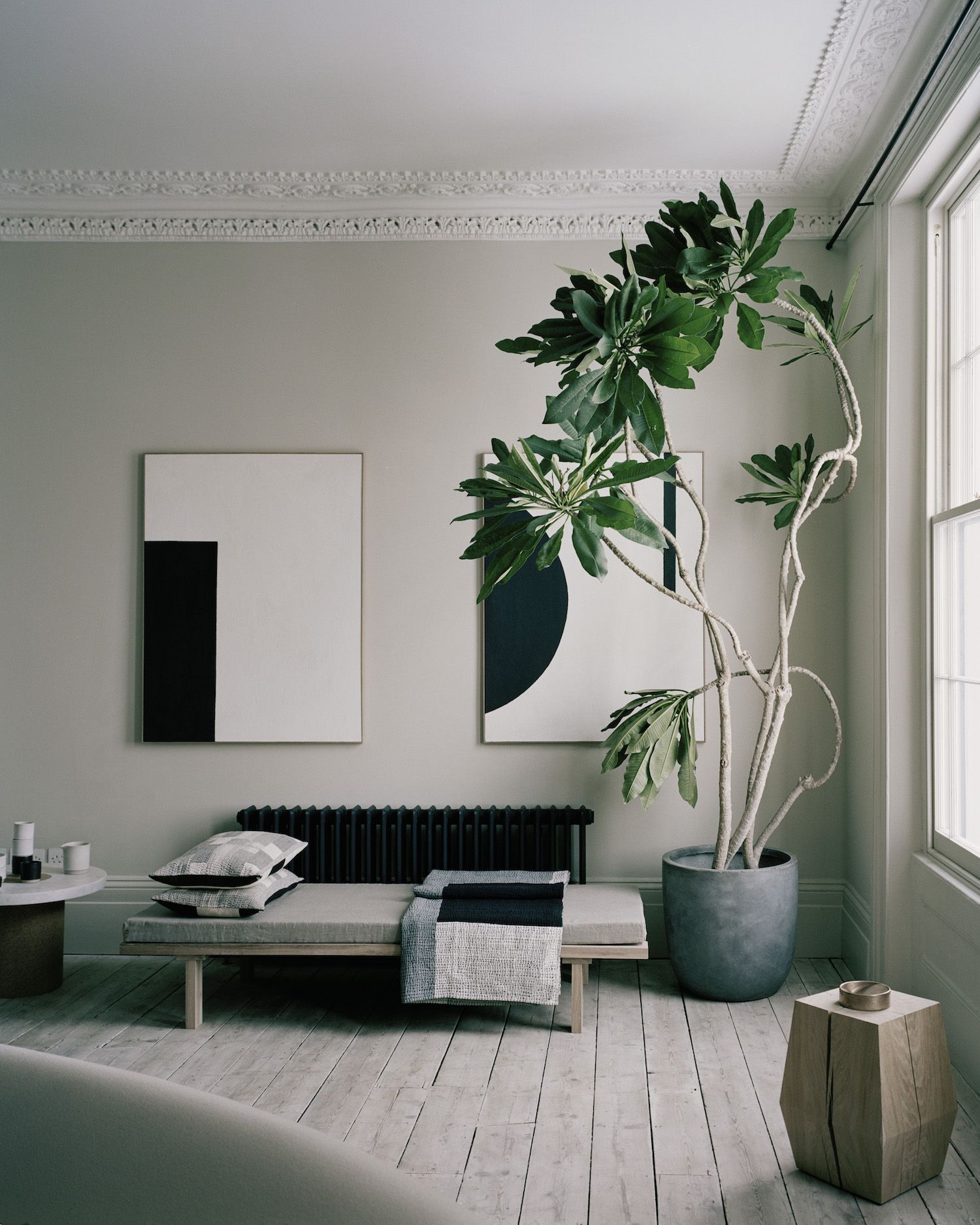
A pretty plant in the corner of the room, a vase with tree branches or an orchid in bloom on a table are always good choices, not least because they lend a breath of fresh air and a little life, even to the most minimalist environments.

